To Share is to Show You Care!
When it comes to home improvement, lighting plays a crucial role in setting the mood and enhancing the overall ambiance. In this comprehensive guide, we will delve into how to choose and implement the best lighting solutions that not only brighten up your living spaces but also connect with your emotions on a deeper level. Let’s shed light on transforming your home!
1. The Importance of Adequate Lighting
Proper lighting is a fundamental aspect of home design and can greatly impact the functionality, aesthetics, and emotional well-being of a space.
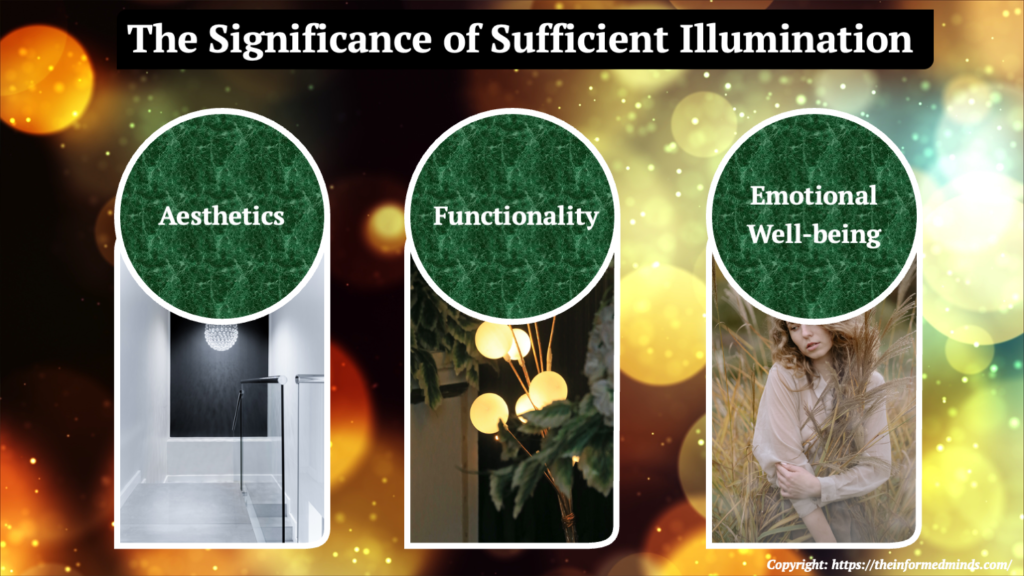
1.1 Aesthetics

Adequate lighting can enhance the aesthetics of your home by highlighting its architectural features and interior decor. For example, strategically placed fixtures can draw attention to artwork, sculptures, or unique design elements, adding a touch of elegance and sophistication to your living spaces.
1.2 Functionality
Good lighting is essential for performing daily tasks with ease. Task-specific lighting, such as under-cabinet lighting in the kitchen or a desk lamp in your workspace, ensures that you have sufficient brightness to carry out activities like cooking, reading, or working. This improves efficiency and reduces eye strain.
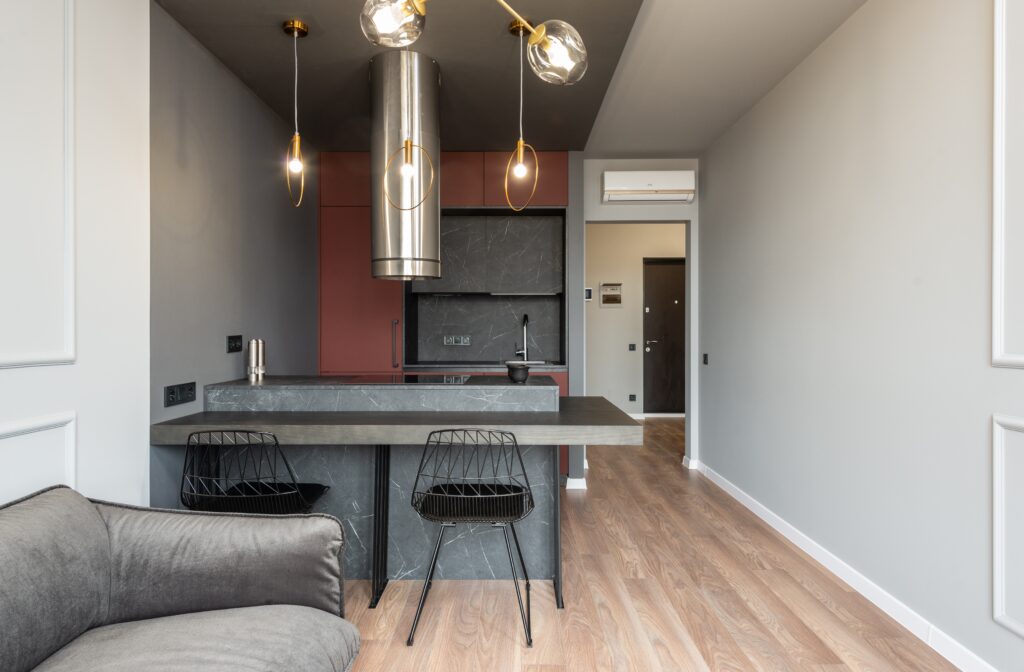
1.3 Emotional Well-being

Lighting can have a profound effect on your emotional state. It can create a welcoming and comforting atmosphere in your home, reducing stress and promoting relaxation. For example, soft, warm lighting can make a room feel cozy and inviting, while bright, cool lighting can evoke a sense of energy and focus.
2. Types of Lighting Solutions
Understanding the different types of lighting solutions is essential for creating a well-balanced and functional lighting scheme in your home.
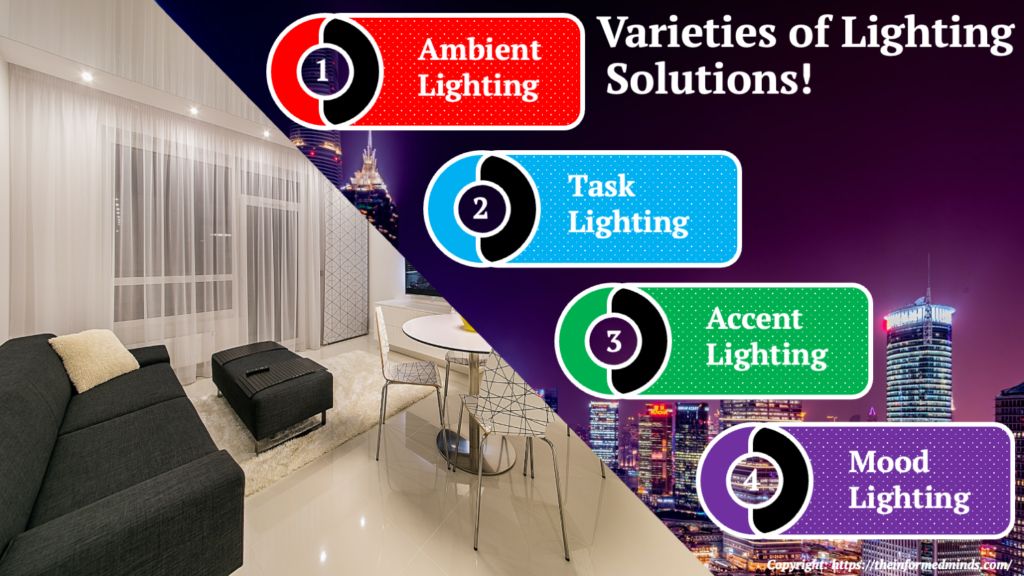
2.1 Ambient Lighting
Ambient lighting provides overall illumination to a room, ensuring that it is well-lit and comfortable for various activities. Ceiling fixtures, such as chandeliers or recessed lights, are common choices for ambient lighting. It sets the general mood of the space.
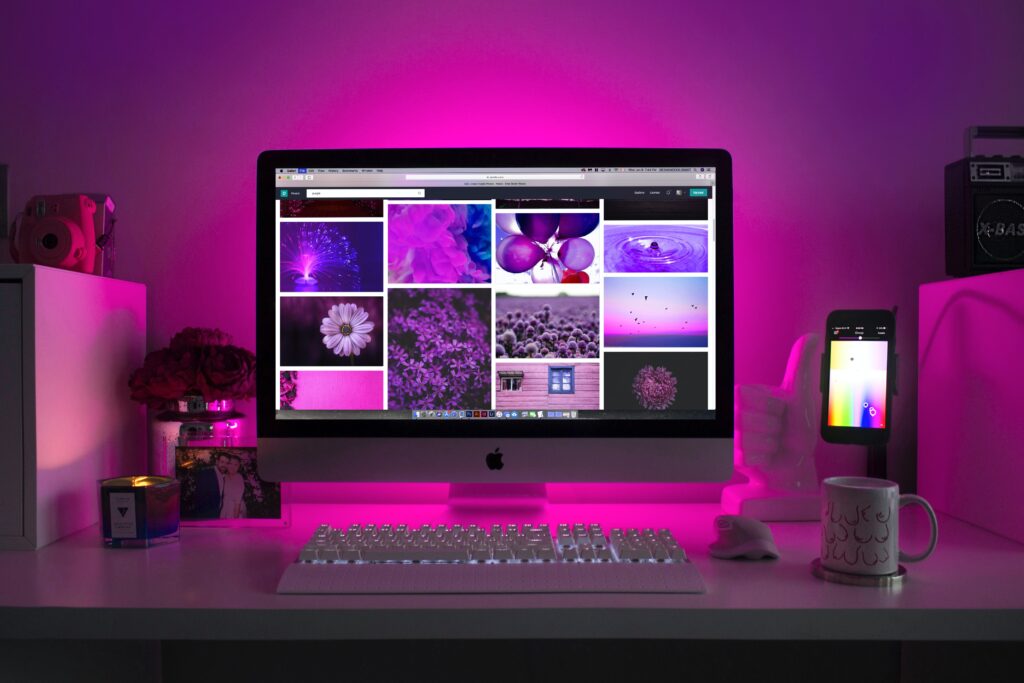
2.2 Task Lighting

Task lighting is designed to illuminate specific areas where you perform tasks that require focused light. For instance, reading lamps, pendant lights over kitchen islands, and desk lamps are all examples of task lighting. It ensures that you have the right amount of light for particular activities.
2.3 Accent Lighting
Accent lighting is used to draw attention to specific features or decorative elements within a room. This can include wall-mounted fixtures to highlight artwork or adjustable track lighting to showcase architectural details. It adds visual interest and drama to your space.

2.4 Mood Lighting
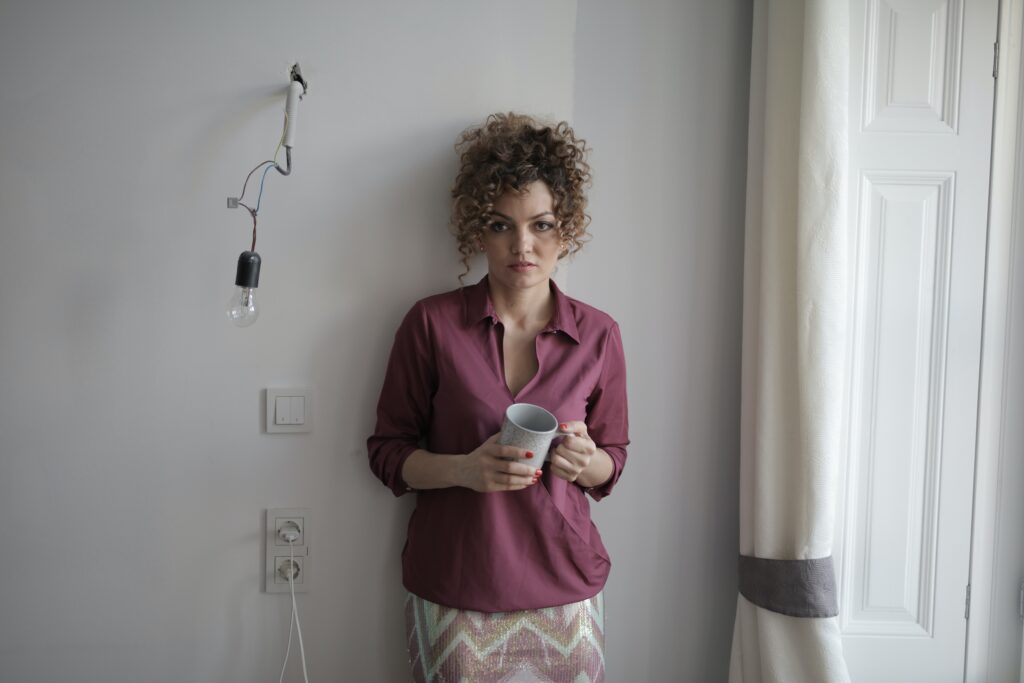
Mood lighting allows you to adjust the intensity and color of your lighting to suit your emotions and create the desired ambiance. This can be achieved through dimmer switches, color-changing LED bulbs, or smart lighting systems. Mood lighting gives you the flexibility to adapt your space to different occasions and moods.
3. Emotional Connection Through Lighting
Lighting can go beyond functionality and aesthetics; it can deeply connect with your emotions and influence the atmosphere of a room.
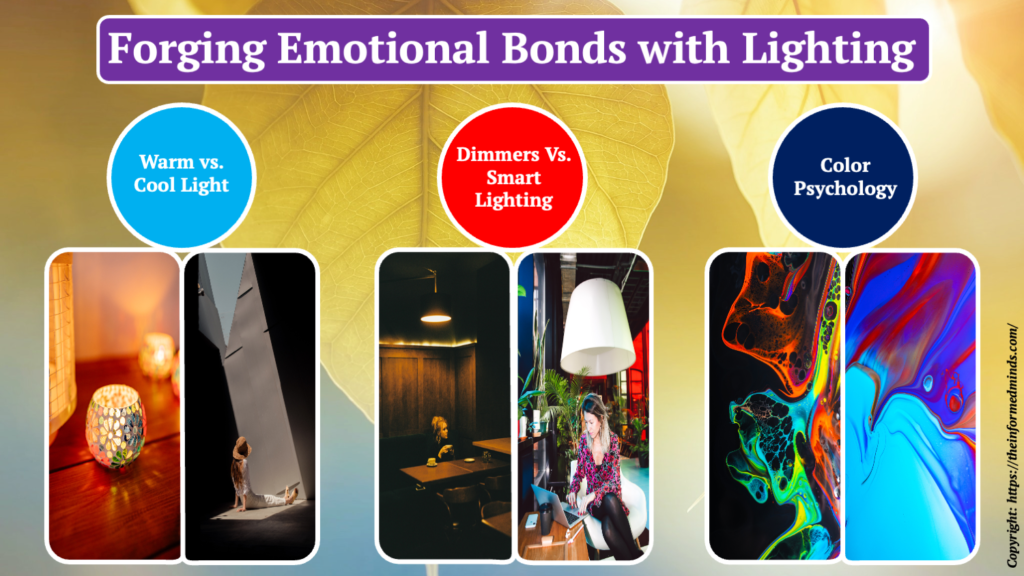
3.1 Warm vs. Cool Light

The color temperature of light can evoke different emotions. Warm tones (yellow and orange) create a cozy and intimate atmosphere, making you feel comfortable and relaxed. On the other hand, cool tones (blue and white) can promote a sense of calm and focus, making them suitable for workspaces or areas where you want to stay alert.
3.2 Dimmers and Smart Lighting
Installing dimmer switches or using smart lighting systems allows you to control the brightness and color of your lighting to match your emotional needs. You can easily transition from bright, energizing light to soft, soothing light, depending on the occasion.

3.3 Color Psychology

Consider the psychological effects of different colors when choosing lighting for specific rooms. For example, blue and green hues can create a tranquil environment, while reds and oranges can add warmth and vibrancy.
4. Practical Tips for Implementation
Implementing the best lighting solutions in your home requires careful planning and execution!

4.1 Create Lighting Zones
Divide your living spaces into lighting zones, each with its own set of fixtures and controls. This allows you to customize the lighting for different areas and activities.
4.2 Layered Lighting
Achieve a balanced and versatile lighting scheme by using a combination of ambient, task, accent, and mood lighting. Layering these types of lighting creates depth and visual interest in your space.
4.3 Invest in Quality Fixtures
Choose high-quality, durable lighting fixtures that not only provide the desired illumination but also add to the aesthetics of your home. Well-crafted fixtures can stand the test of time and ensure long-term satisfaction with your lighting design.
Conclusion
Incorporating the best lighting solutions into your home improvement project is not just about brightness; it’s about tapping into your emotions and enhancing your overall quality of life. By carefully selecting the right fixtures and understanding how lighting can affect your mood, you can truly transform your living spaces into emotional havens. So, go ahead and shed light on your emotions—your home will thank you for it!
Frequently Asked Questions
Q1: What are the proper levels of lighting at home in the living room?
A: Proper lighting levels in a living room typically involve a combination of ambient, task, and accent lighting. Ambient lighting should provide enough brightness to create a comfortable atmosphere, usually around 20-30 foot-candles. Task lighting, such as reading lamps, should provide higher illumination, around 50-75 foot-candles, for specific activities. Accent lighting can vary but is generally softer to highlight decor or architectural features.
Q2: What is the best lighting for showing a house?
A: The best lighting for showcasing a house combines natural light, ambient lighting, and well-placed accent lighting. Natural light creates an inviting atmosphere, while ambient lighting ensures adequate brightness throughout the space. Accent lighting can be used to highlight key features and create a warm, welcoming ambiance.
Q3: What is the rule of thumb for lighting?
A: The rule of thumb for lighting is to consider the function of each space and layer different types of lighting accordingly. This includes ambient lighting for overall illumination, task lighting for specific activities, and accent lighting for visual interest.
Q4: Should light be centered over bed or room?
A: The choice of whether to center a light fixture over the bed or in the room depends on the room’s design and personal preference. Centering over the bed can create a focal point, while centering in the room can provide even illumination. It’s a design decision that varies from one room to another.
Q5: What lighting makes a house look expensive?
A: High-quality fixtures, well-placed accent lighting, and a combination of ambient and task lighting can make a house look expensive. Additionally, using warm and inviting lighting colors can add to the perception of luxury.
Q6: Should all lights be on when showing a house?
A: It’s generally a good practice to have all lights on when showing a house. This ensures that the space appears well-lit and inviting, making it more appealing to potential buyers.
Q7: Should lighting be the same throughout the house?
A: Lighting doesn’t have to be the same throughout the house. Different rooms have different functions and aesthetics, so it’s common to have variations in lighting styles and fixtures to suit each space’s purpose and design.
Q8: What are the 3 rules of lighting?
A: The three basic rules of lighting are:
- Layering: Use a combination of ambient, task, and accent lighting to create a balanced and functional lighting scheme.
- Functionality: Match the lighting to the specific function of each area or task.
- Aesthetics: Choose lighting fixtures that complement the overall design and style of the space.
Q9: What is the 3-point lighting rule?
A: The three-point lighting rule is commonly used in photography and cinematography. It involves three key light sources:
- Key light: The primary and brightest light source that illuminates the subject.
- Fill light: A softer light source used to reduce shadows created by the key light.
- Backlight: Positioned behind the subject to separate it from the background and create depth.
Q10: What are the 5 main criteria of lighting?
A: The five main criteria of lighting include:
- Intensity: The brightness or level of illumination.
- Color temperature: The warmth or coolness of the light.
- Distribution: How light is spread throughout the space.
- Duration: The length of time lights are on.
- Control: The ability to adjust and customize lighting levels and colors.
Q11: Should you sleep with your porch light on or off?
A: Whether you should sleep with your porch light on or off depends on personal preference. Some people prefer a completely dark environment for better sleep, while others feel more secure with a porch light on. It’s a matter of individual comfort.
Q12: What is the most flattering direction of light?
A: The most flattering direction of light is typically diffused and coming from above and in front of the subject. This minimizes harsh shadows and highlights facial features in a flattering way.
Q13: Should you leave a light on in your house at night?
A: Leaving a light on in your house at night can serve as a security measure, making it appear occupied and deterring potential intruders. However, it’s not necessary for everyone, and some people prefer a completely dark sleeping environment.
Q14: What does leaving the porch light on mean?
A: Leaving the porch light on is often a symbol of welcome and hospitality. It can also serve as a safety measure, making it easier for guests to navigate to your door and deterring unwanted visitors.
Q15: Why do people sleep with porch lights on?
A: People may sleep with porch lights on for various reasons, including a sense of security, as the light can deter potential intruders. Additionally, some individuals find it comforting to have a soft glow outside their home at night.
Q16: What lights should be avoided at night?
A: Bright, blue-rich LED lights should generally be avoided at night, especially in bedrooms, as they can disrupt circadian rhythms and interfere with sleep. Warmer, dimmer lights are more suitable for nighttime use.
The Informed Minds
I'm Vijay Kumar, a consultant with 20+ years of experience specializing in Home, Lifestyle, and Technology. From DIY and Home Improvement to Interior Design and Personal Finance, I've worked with diverse clients, offering tailored solutions to their needs. Through this blog, I share my expertise, providing valuable insights and practical advice for free. Together, let's make our homes better and embrace the latest in lifestyle and technology for a brighter future.

